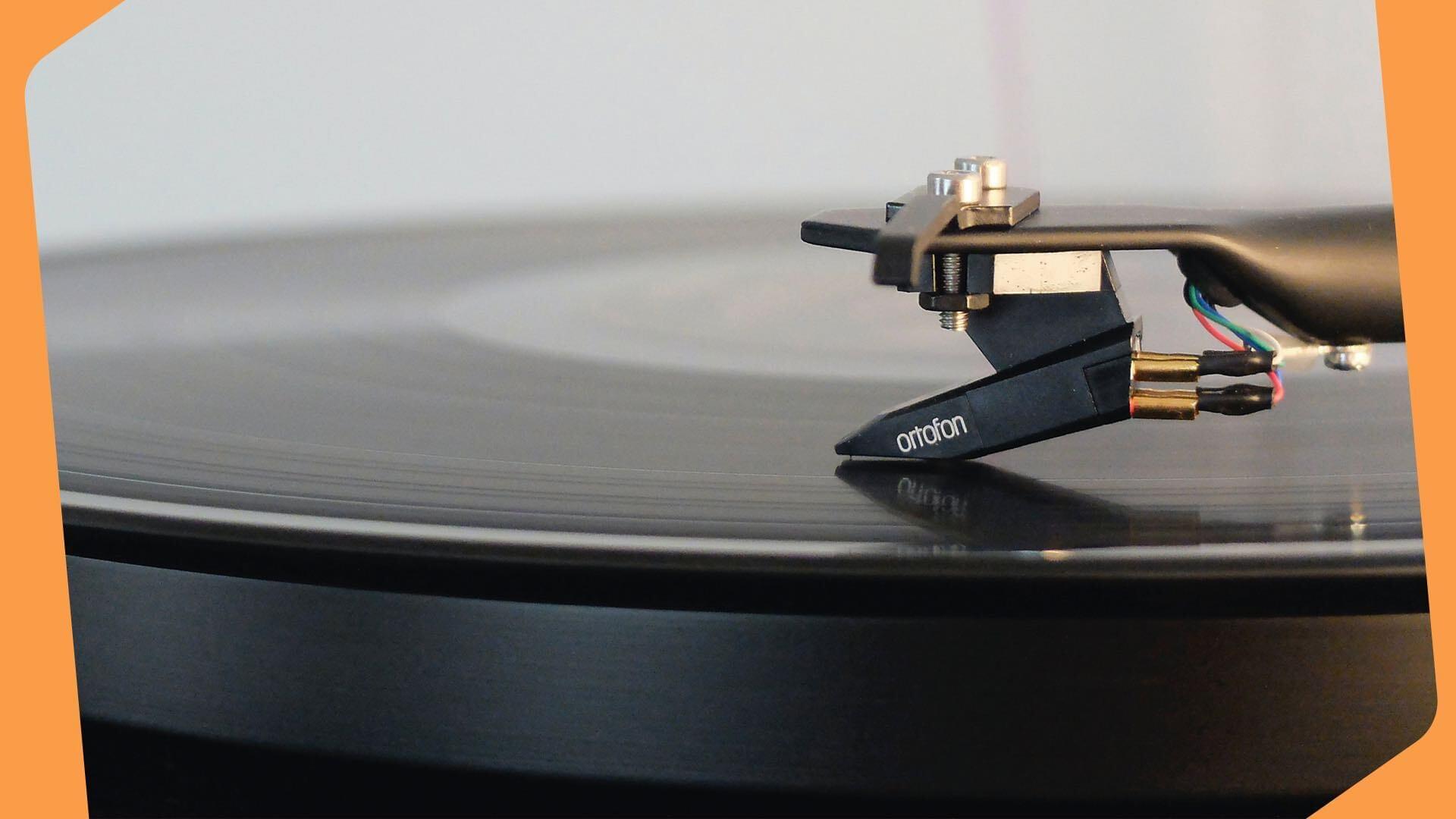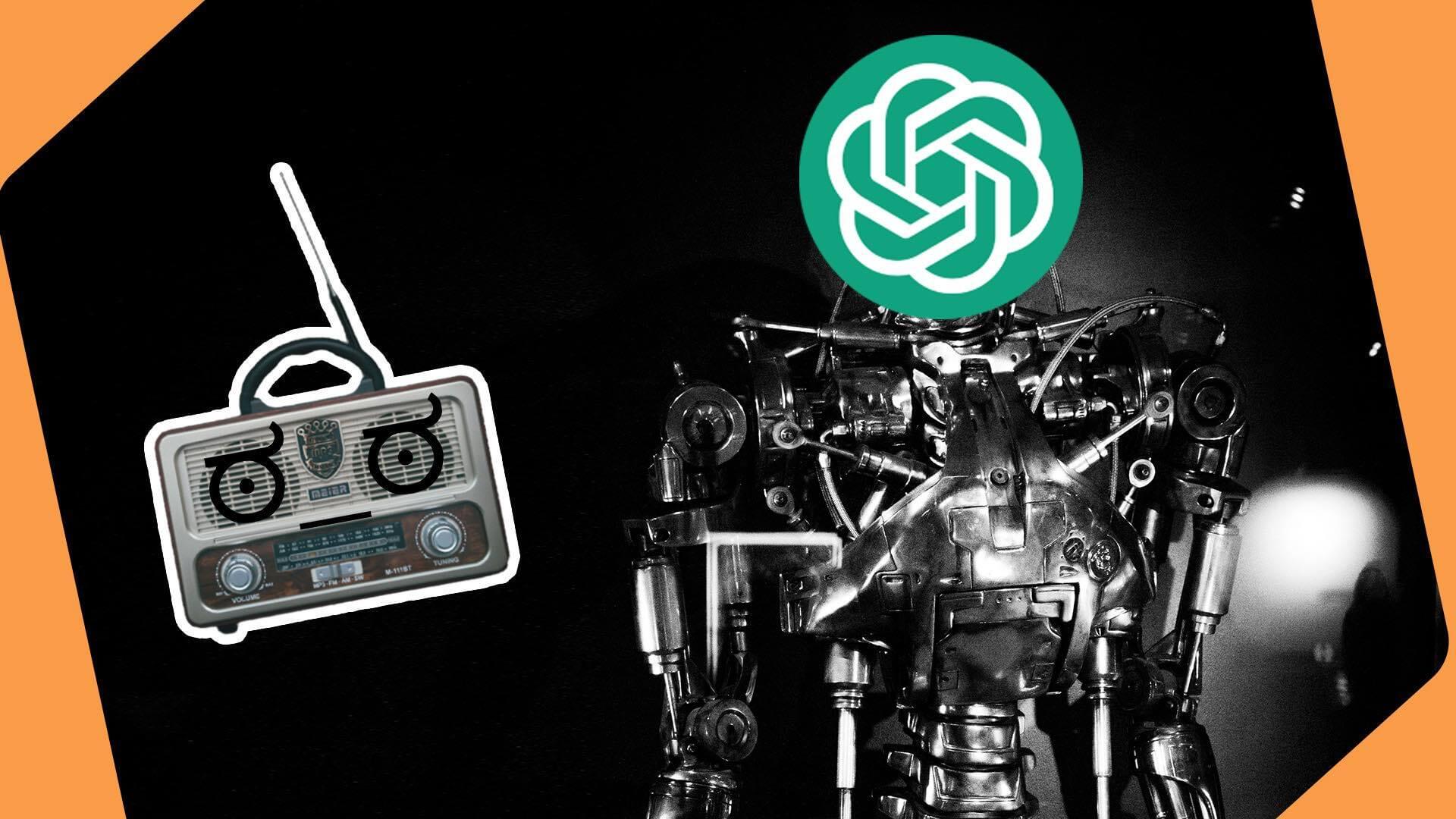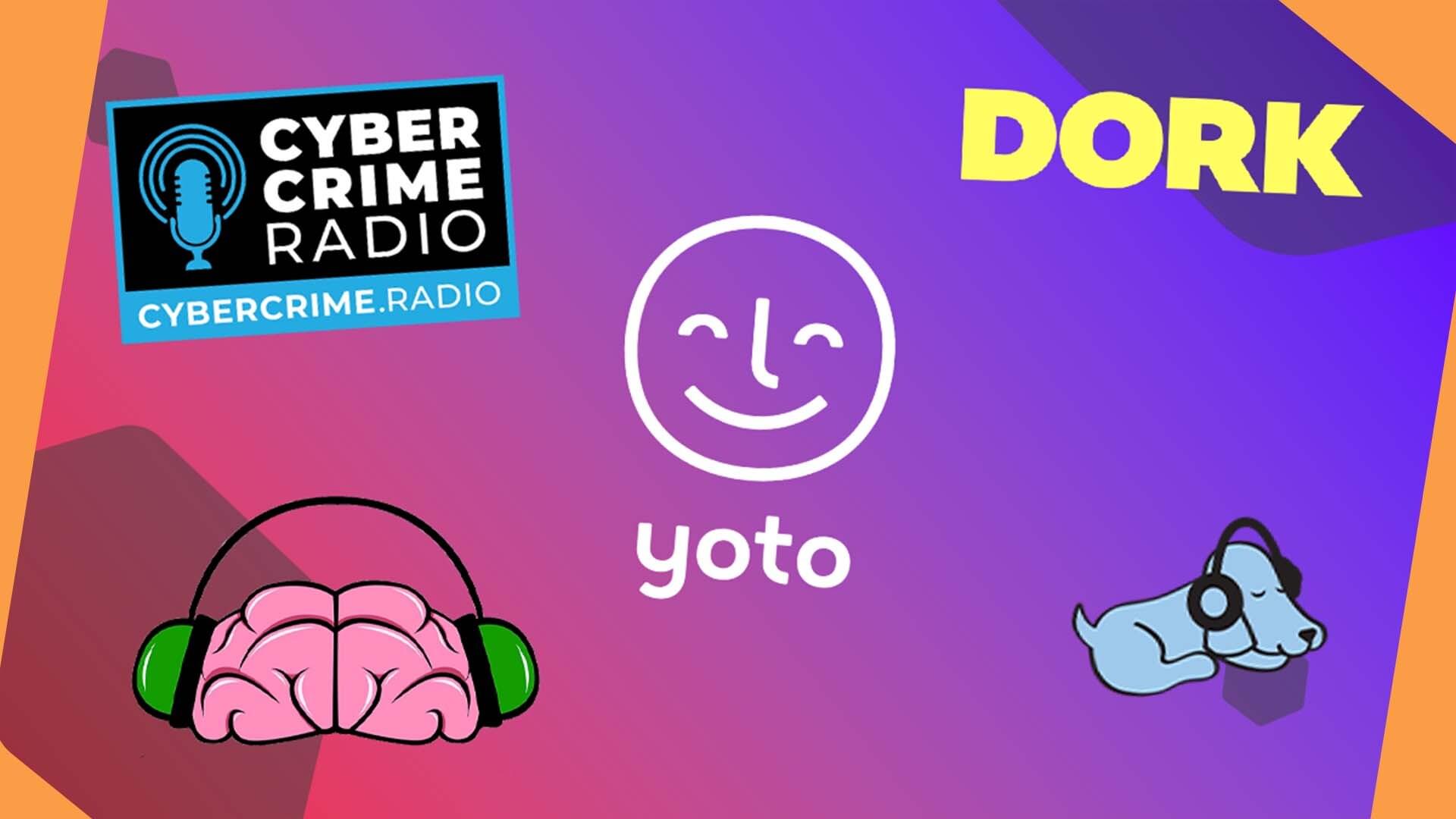4 Reasons Why Radio is Still Popular
Listener habits have changed, but our love for radio hasn’t. Discover why radio is still popular, outperforming podcasts and TV in the digital era.
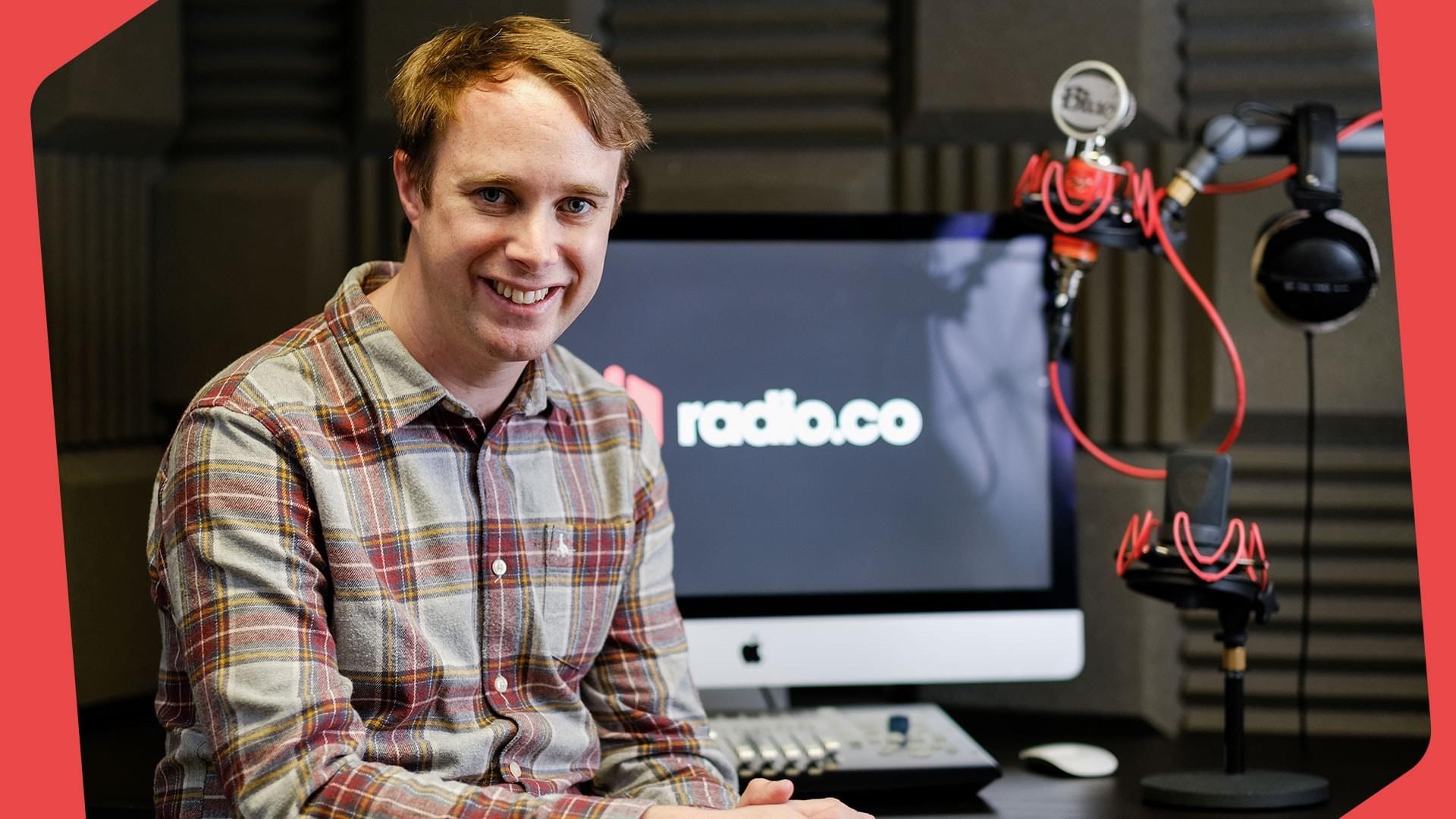
How We Know Radio Is Still Popular
With the rise and rise of podcasting, many people wonder if it's replacing radio. But Data from Nielsen suggests it isn’t, according to their Audio Today 2019 report. And this report is a good snapshot of radio's popularity. In America, 92% of the population still listens to radio every week, approximately 272 million people. This is ahead of the 87% that consume television on a weekly basis and far beyond the 22% who listen to podcasts weekly.
Across all demographics, Nielsen demonstrates that radio is still the most popular form of media in America. Radio reaches 90% of adults aged 18-34, 94% aged 35-49 and 91% aged 50 and older. That being said, here are our thoughts on why radio is still popular today...
4 Reasons Why Radio Radio is Still Popular
4. Radio is Portable
Nielsen state radio has a legacy as THE audio medium audiences are used to. It’s also easily accessible to anyone, as most, if not all, cars come equipped with radios.
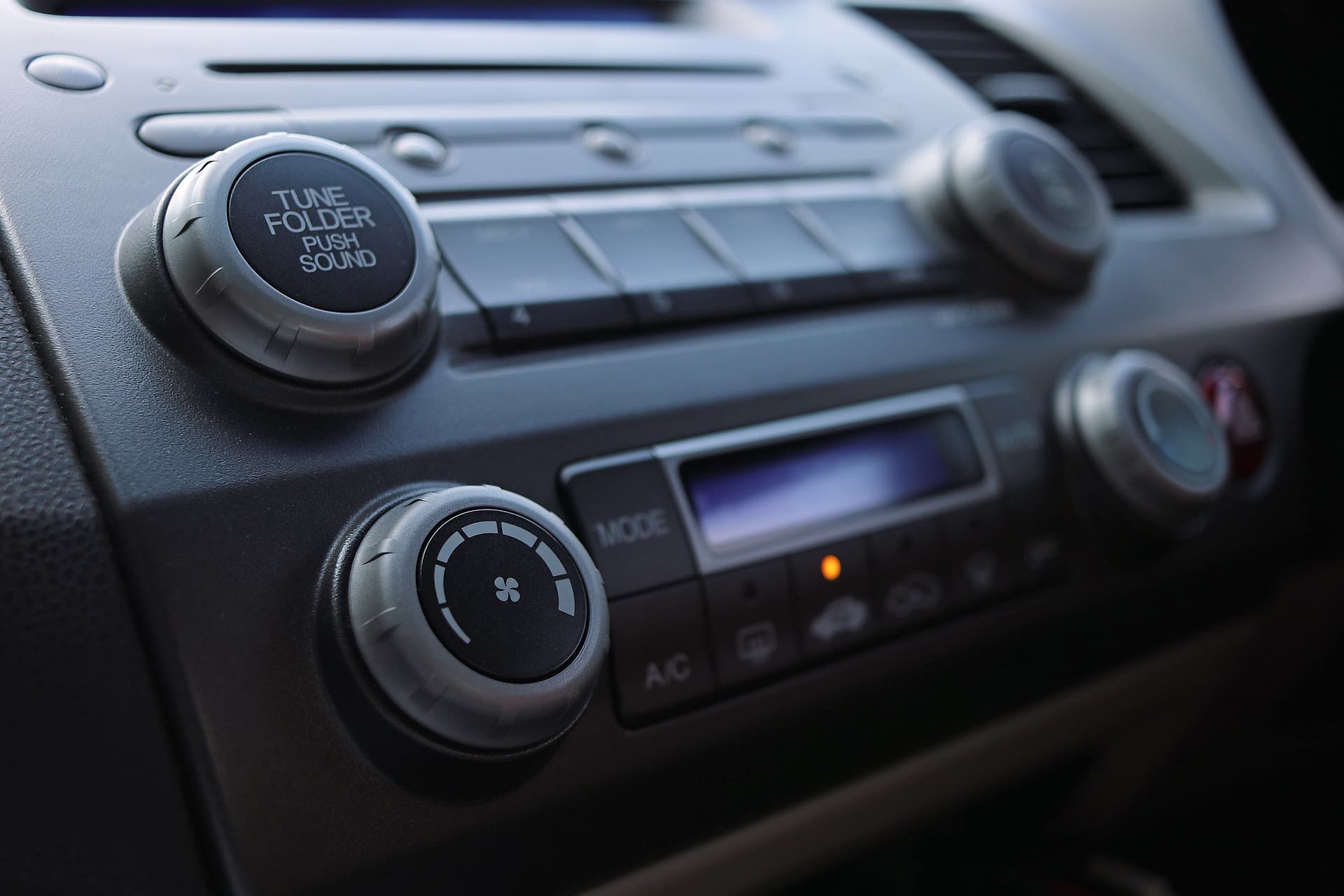
Nielsen’s data shows that 69% of weekly radio consumption is done outside of the home, primarily in cars and at work. Audience numbers spike from 6/7am through to 5pm, the average work day. On weekends numbers are at their highest around mid-day, when people are out or shopping. Radio is the companion you take with you on your daily commutes, that helps you get through long days at the office and makes your chores just a little more bearable.
This makes radio very advertiser-friendly. In modern times when people favour subscription services where they won’t encounter advertisements, radio is the medium that will not only allow advertisers to reach large audiences but target them when they’re out and closest to retailers.
3. Radio is Free
Radio doesn't require any form of monthly subscription, due to being advertiser-funded, unlike many current media services.
[Radio is] accessible anywhere and to everyone online.
Even podcasts are often on subscription sites such as Spotify, making radio a free alternative when most other services are becoming increasingly costly. Take Soho Radio, accessible anywhere and to everyone online via radio directories and on their site through their player.
2. Radio is Adaptable
Radio adapts with changing technologies and consumer trends. Radio is now accessible through laptops, computers, phones and even smart speakers, so you can listen to your favourite station whenever you want, however you want.
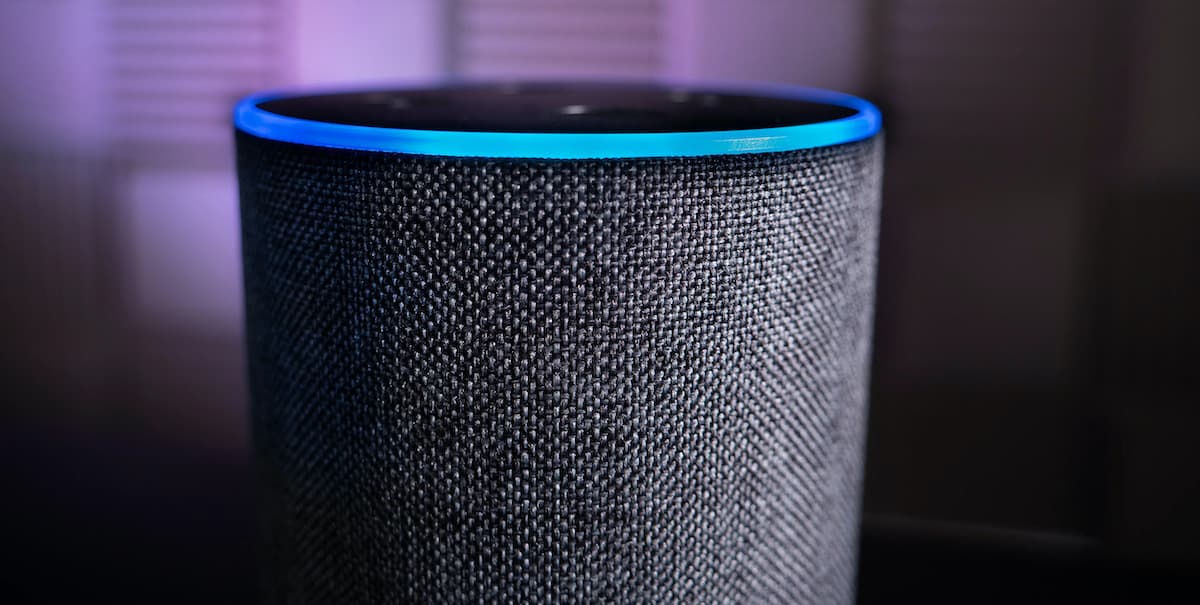
Radio doesn’t need you to set time aside the way TV does, as it asks less of its audience, being an audio-only medium. TV requires the full attention of its audience due to audio and visual elements, people can take the radio with them anywhere without missing out on half of the experience.
1. Radio is Inclusive
Nielsen’s findings show the appeal of radio across demographics, drawing large listener numbers across all ages, genders and ethnicities. Radio attracts 99% of Hispanic Americans, 98% of African Americans, 98% of women aged 25-54 and 93% of teenagers aged 12-17. Radio has a diverse variety of stations able to appeal to all audience tastes.

Many podcasts aim for limited audiences, covering niche topics. Plus, podcasts aren’t that easy to discover. Listeners usually have to go out of their way to find them. Radio has an established, easily digestible format that aims for larger audiences by promoting generalised content presented by regular DJs. Radio has no long-form narratives or story arcs, audiences can jump in and out without missing anything.
Make radio, not war.
Radio presenters play a large part in drawing people, as they often become like friends to regular listeners, some of whom tune in every day just to hear them. This makes radio a less demanding medium to get into than podcasts, which often require listeners to go back and familiarise themselves with older content, a problem radio does not have.
As it’s all about reaching a broad audience, unsurprisingly, stations which focus on what’s popular have the most success. Nielsen’s data supports this; the most popular stations amongst people ranging 12-54 are country music stations, which hold a 13.2% share of America’s total time spent listening.
To Sum Up
How we consume our favourite content has changed, but Nielsen’s research demonstrates radio still has a firm hold on the market in the digital age. Where do you think radio is heading? Will radio still be relevant in the next 50 years? Let us know what you think on socials or down below 👇

